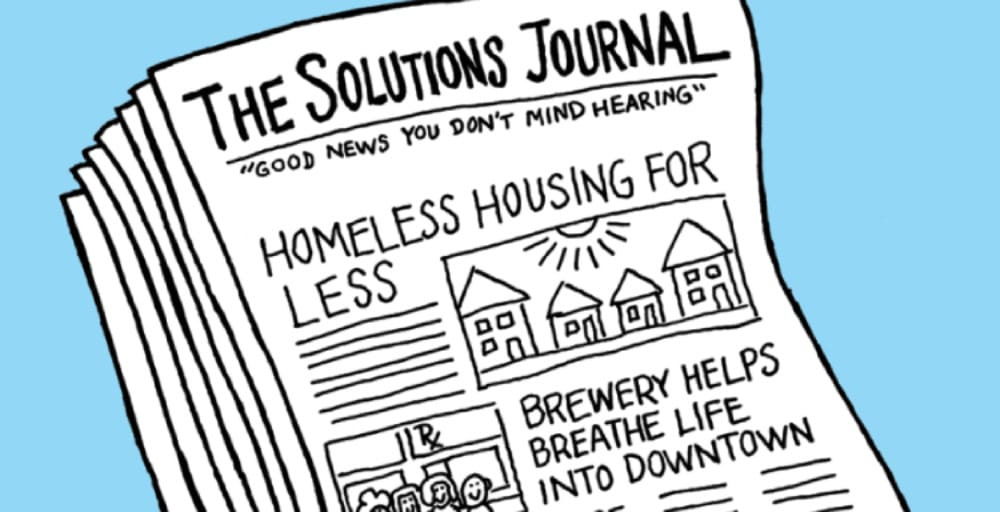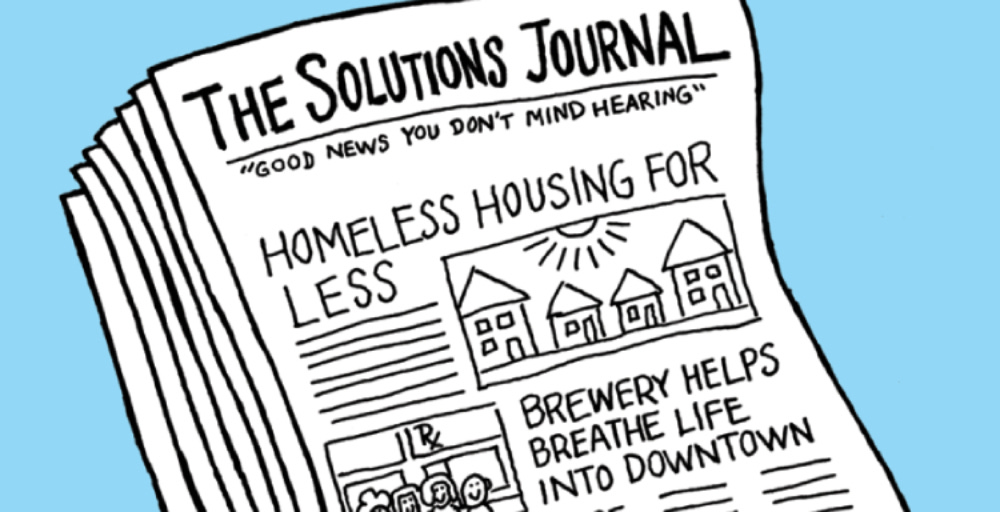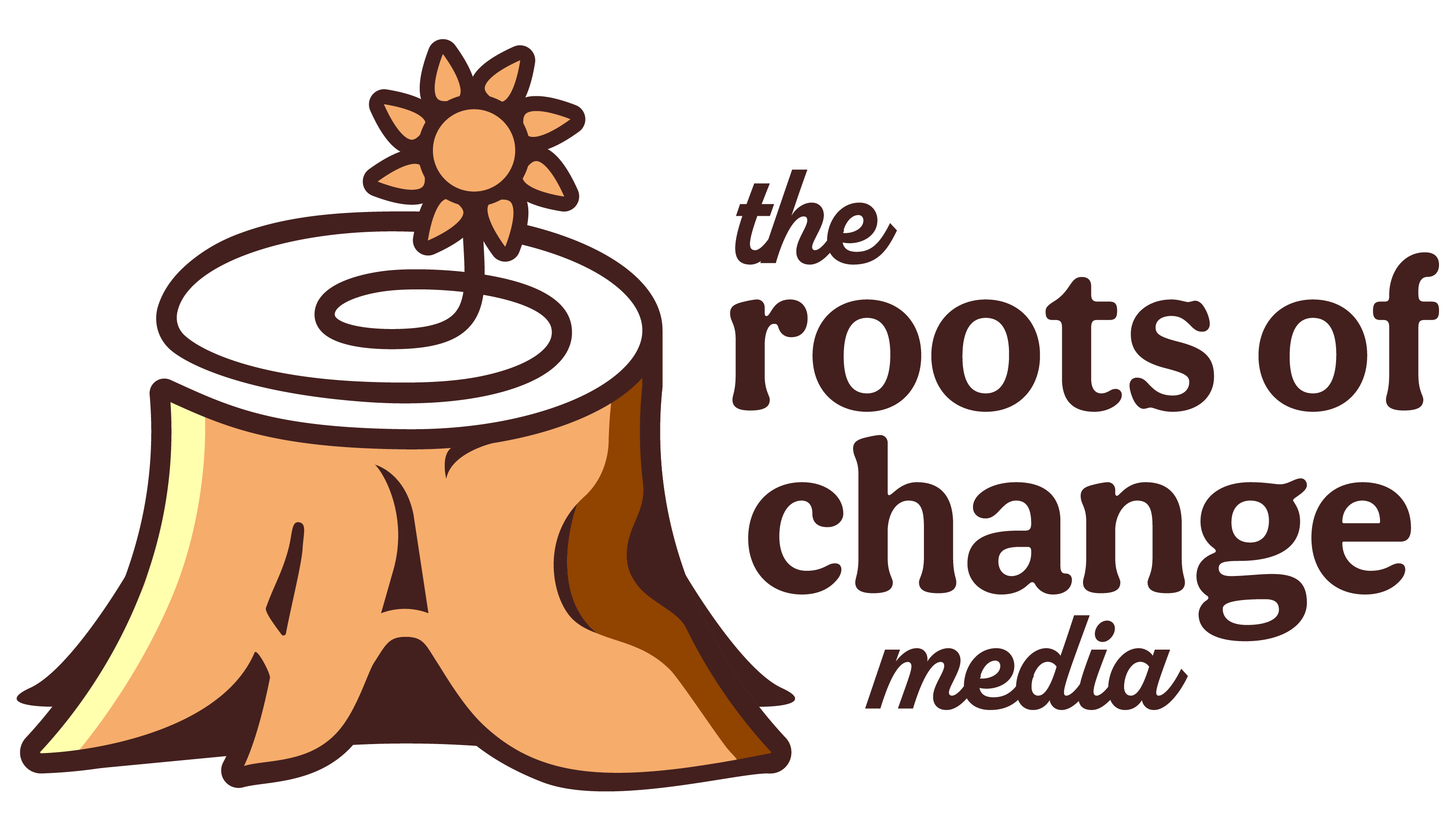
We’re Not as Polarized as the Media Makes Us Out to Be
The Solution to the False Narrative That America is More Divided Than It Is
Table of Contents
Journalism is going through two major crises at once.
- Trust in journalism is at an all-time low (in fact 56% of Americans think journalists are purposely trying to mislead people)
- News organizations are losing billions of dollars as consumers’ changing media behavior is causing their spending power to shift elsewhere
These two factors are causing paralysis in journalism and amplifying the false narrative that America is more divided than it actually is. Whether you are a white Trump supporter in Alabama, a Latina in El Paso, or a progressive gay man in Los Angeles, we all have similar wants and needs: safety, purpose in life, to protect ourselves and our family (however you may define family), etc.
But journalism today focuses so much on the negative, extremes, and stereotypes.
- How many New York Times articles have interviews with Trump supporters in a rural diner on the state of politics? Why aren’t they also interviewing progressive black leaders? Or the fastest-growing demographic: Asian Americans?
- Why is gun violence the only topic journalists ask residents from Chicago’s Southside?
- Why is climate coverage so fatalistic when there are so many solutions out there?
- Why are black kids typically referred to as “at-risk youth” and not as “students”?
The negative coverage is causing these two crises. The number one reason people turn off the news is the negativity.
“That’s too depressing”
“No one wants to hear about that”
Luckily, there are some smart people out there who are trying to turn the industry around. Enter Tina Rosenberg, the co-founder of Solutions Journalism Network, who is attempting to rewrite (pun intended) the future of journalism.

What is Solutions Journalism?
Solutions journalism is the practice of rigorously reporting on how we respond to social problems.
It’s not just calling out the problem, but discussing real-world solutions that have been attempted before. It’s covering how people are trying to solve problems. Not blindly celebrating, but actually examining what is and what is not working on a certain topic.
There are four core components to solutions journalism to ensure that it is done with integrity.
- Be about a response to a problem
- Look at what the evidence is of success or failure
- Has to be informational (not just inspirational)
- Come with limitations (what is not working) - this is just good journalism
Take the Flint Water Crisis. For over 5 years, Flint, Michigan’s water supply was contaminated with lead and poisoning its residents (including children). Local officials downplayed the crisis and dismissed the concerns of their own constituents.
Solutions journalism could have prevented local officials from dragging their feet by highlighting how Lancing, Michigan was able to replace all of its lead pipes during the Great Recession. There are no excuses if a town 50 miles away can solve the same problem quickly and equitably.
Is Solutions Journalism Actually Journalism?
Yes, it is! The approach to solutions journalism is just as rigorous as investigative journalism, but it’s leading with the positive of a solution.
Real solutions journalism isn’t theoretical. It’s what has actually happened. It’s taking a concrete example of how a different place responded to a similar problem.
But it’s also about being honest about the solutions and possible limitations.
What’s the Benefit?
Solutions journalism is a different perspective to journalism, but it just might be the fix to journalism in the modern era. It’s not a blanket solution and can’t be used for every single news story, but it’s a start.
- Holds power to account - By including solutions, leaders or officials can’t just give people lip service, but pressure them to find the right solution for their problem.
- It’s educational - There is so much bad news that it can feel overwhelming to solve today’s problems. Solutions journalism can not just better educate everyone on the issues, but on how to move forward.
- It can create change - Without the solutions front and center, it’s very easy to avoid change or making hard decisions.
- Reduces bias - By framing stories and people more carefully, journalists are removing stereotypes and negative language that can be harmful to underrepresented demographics. It’s time to tell the full stories and lives of Black, brown, LGBTQ, and others rather than using lazy language.
- Reduces journalist burnout - The negativity of news is especially draining to those covering it. Including a positive light to stories can help reduce burnout and keep journalists doing what they love.
As a very important silver lining, this could also revolutionize our conversation around the climate crisis. Action against the climate crisis has been slow and piecemeal. If more news articles were framing the crisis in terms of solutions, average people would be much more educated on the issue and have the tools to push back against elected officials who talk but don’t act.
Take Action
The action to transform journalism really lies with the journalists and news institutions themselves. And while many recognize that it is beneficial in our modern media environment, the systems of journalism are powerful. Steering the ship will be slow, but necessary. The newsrooms that want to survive, will have to break the paradigm.
In the meantime, here are some resources to learn a little more about solutions journalism and where to spot it.
- Read: Solutions Journalism Network has a Solutions Story Tracker. Use this tool to search for solution journalism articles on the topics you care about.
- Listen: If you would like to hear Tina Rosenberg’s perspective on solutions journalism, she recently appeared on the Center for Humane Technology’s podcast, Your Undivided Attention.
- Read: Another awesome resource from SJN is their own Learning Lab with one-stop guides to producing solutions journalism.
the roots of change agency Newsletter
Join the newsletter to receive the latest updates in your inbox.




